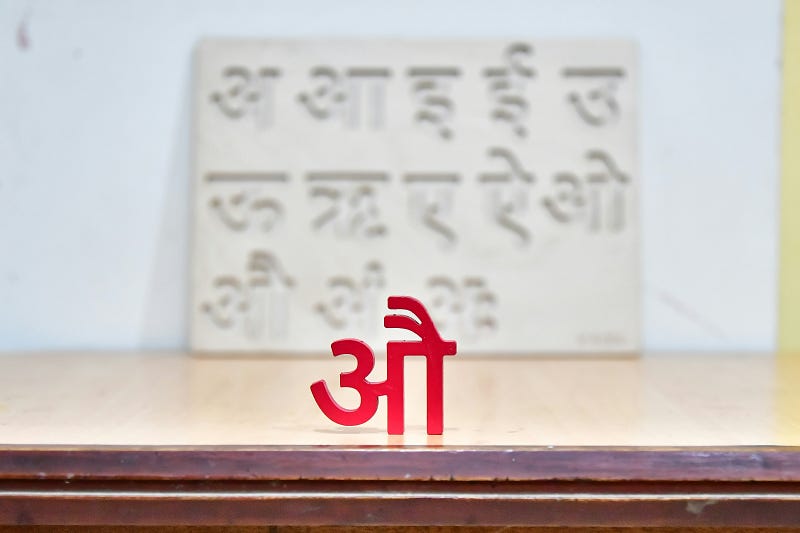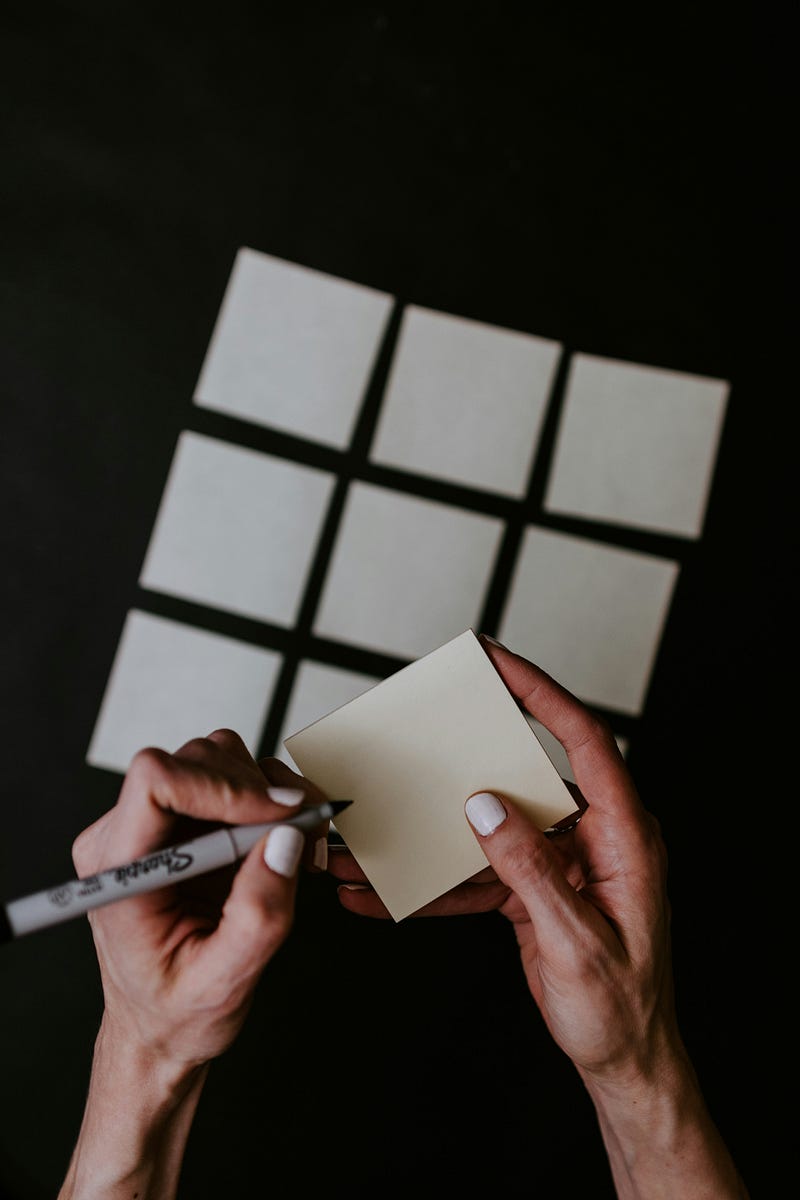I’ve Been Studying Hindi for 30 Days
Learn from my many, many failures.

“Tum kaise ho??!”
The time has finally come! I had done everything right. I found the apps that worked best for me, practiced my speaking and writing daily, took notes on grammar, and tried the whole ‘comprehensible input’ thing.
I even found someone to practice Hindi with, a friend I had made a few weeks after moving to Mumbai. She was giddy when I told her I planned on learning Hindi.
As the weeks passed, I flooded her inbox with Hindi questions and rehearsed possible conversations for the next time we met.
A month later, I ran into her at a bar. Ready to speak to Mumbai’s newest Hindi conversationalist, she ran up to me and asked:
“Tum kaise ho??!”
In my head, I was as conversational as I could have been after only a month. Word order? No stress. Grammar? I’m a conjugations pro! Vocabulary? Hit me with an obscure fruit and I’ll shoot the Hindi word right back. Practically fluent after only a month!
“Tum kaise ho?” — “How are you?”
And….. nothing. Not a thought in my head.
What came out of my mouth wasn’t in Hindi or English — or any language for that matter. Sound vomit. An utter disgrace to the 60 hours I had spent studying, defeated by a simple how are you?
I still have a long way to go. But with failure comes experience, and the past month has taught me some valuable lessons about learning a new language from scratch.
Keep a Journal
Keeping a notebook for your target language is one of the most basic ways anyone can accelerate their learning process. They give you a chance to practice writing — especially useful if you’re learning a language in a new script, like Hindi — and offer an escape from the digital noise of language learning software.
But they are not only just for scribbles, broken phrases, and grammar practice!
Using my Hindi notebook to keep a journal of my weekly progress has been one of the most important rituals I use to make sure I am spending my Hindi time effectively.

In my entries, I’ve reflected on:
- The tools I’m using and what I want to achieve with them;
- How I’m feeling about my progress;
- How sustainable my language habits are;
- My motivations for learning Hindi.
Don’t let this list limit you! These entries are fair game for quite literally anything I want to reflect on, and there is no right or wrong way to use them.
In an older entry, I reflected on whether it would be helpful to continue using Duolingo. Up until that point, my practice had been mostly through Pimsleur, a speaking repetition app with little writing practice:
While practice is tedious on [Duolingo], with no explicit grammar practice or rules, the opportunity to actually see and write in Hindi has been my greatest single leap forward since starting.
This helped me define what I want from Duolingo, resulting in more focused practice and a sharper vision of using the software as effectively as possible.
Be Ready to Pivot
Two weeks into learning Hindi, I decided to build my vocabulary with Anki.
One deck, 30 minutes a day, 500 new words total. I would fit it into my language learning schedule by sacrificing half an hour of Duolingo each day. It was the perfect plan to put together all the grammar and writing practice I had accumulated so far.

Flash forward a few days, and I’m spending almost two hours daily flipping through the same flashcards, not understanding a word of the example sentences, and copying & pasting translations without actually learning them.
Not only was I brute-forcing the memorisation, but it made my entire Hindi routine unsustainable — learning became a chore, and I would wake up dreading my Anki sessions.
My confidence plummeted, and it felt like I was fundamentally incapable of learning a new language.
But my failure was with Anki, not with learning Hindi as a whole:
- I was trying to learn advanced vocabulary before I knew how to string sentences together;
- My daily Hindi routine took up almost twice as much time;
- Rote memorisation is not a learning style that works well for me.
Knowing when to shelf Anki saved my Hindi journey. I may come back to it — I may not. If not for adapting my routine, I may have never hit the one-month mark.
Learn to Laugh at Yourself
There is a certain level of humiliation everybody has to endure while learning a new language.
I’ve opened my mouth to say something and all that came out were disjointed gurgles.
I’ve rehearsed sentences over and over again in my head, only to lose them halfway through while speaking.
People have insisted on speaking English with me when they realise how bad my spoken Hindi is.
Even though I can no longer hear “tum kaise ho?” without cringing internally, it showed me how wide the gap is between my perceived knowledge and my actual knowledge.
I constantly have a sea of Hindi phrases, words, conjugations, and letters sloshing around in my brain. But to spit those out into cohesive sentences? That’s something else entirely.
Despite what we would sometimes like to think, nobody is a born master of all languages. Don’t be fooled by the arrogance of a beginner. Be ready to put yourself out there, be vulnerable, and fail over, and over, and over again. I know I have.
If you can’t laugh at the fumbles and gaffes, who will?






